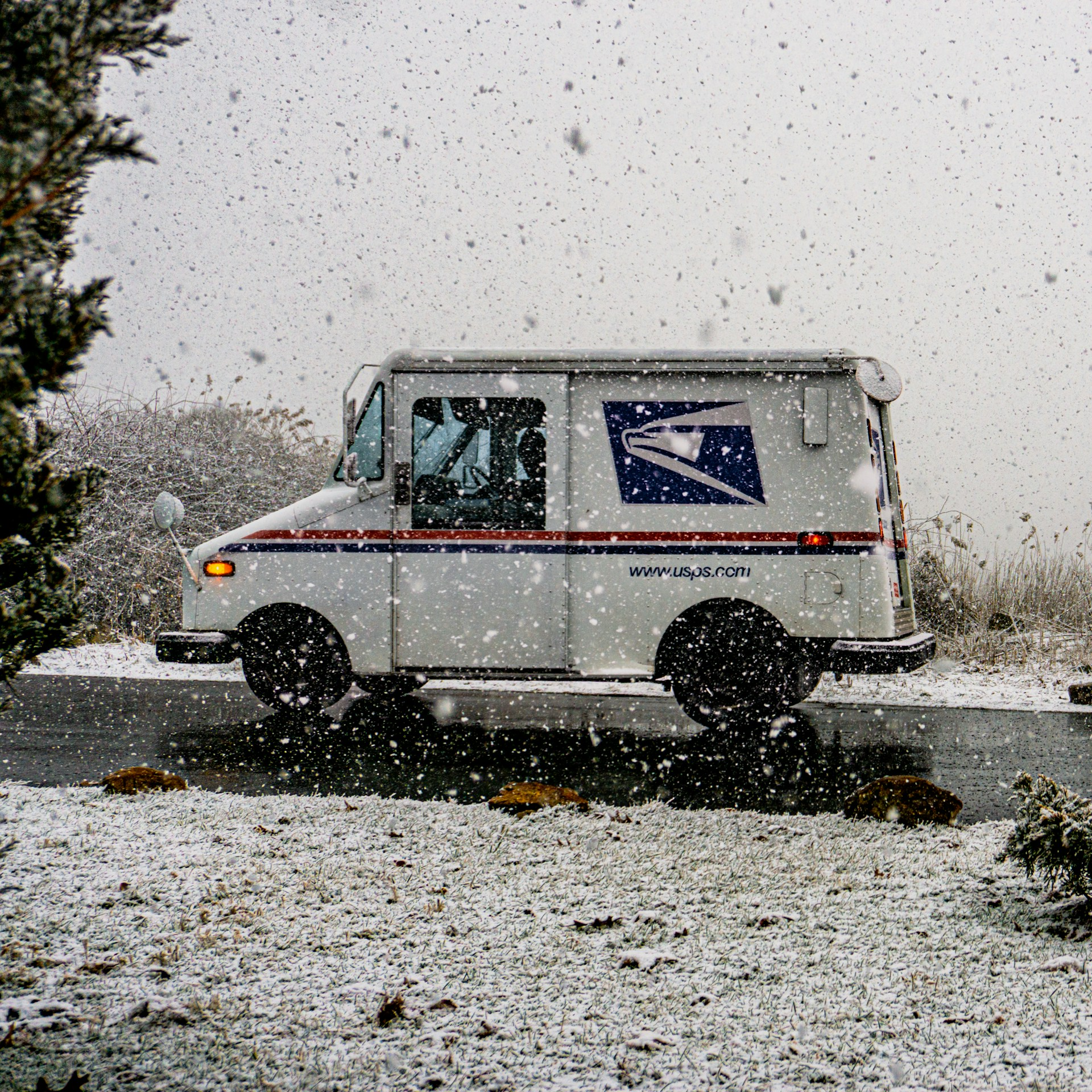Key Takeaways
- The PSHB Program will significantly alter retirement health coverage, existing health plans, and other benefits for USPS employees and retirees.
- Understanding the changes and planning accordingly will ensure a smooth transition and continued comprehensive benefits.
How Will the PSHB Program Impact Your Other Benefits? Find Out Here
Introduction
The Postal Service Health Benefits (PSHB) Program, set to begin on January 1, 2025, introduces significant changes for Postal Service employees, retirees, and their families. This transition from the Federal Employees Health Benefits (FEHB) Program to the PSHB Program is designed to tailor health benefits specifically for the postal community. Understanding the implications of this shift on your overall benefits is crucial for a smooth transition and effective management of your healthcare coverage.
Understanding the PSHB Program
Explanation of the Postal Service Health Benefits (PSHB) Program
The PSHB Program was established by the Postal Service Reform Act of 2022 and will be managed by the Office of Personnel Management (OPM). This program will cover nearly 1.9 million USPS employees, annuitants, and their eligible family members. While it shares similarities with the FEHB Program, the PSHB Program is specifically designed to meet the needs of the postal workforce.
Key Differences from the Federal Employees Health Benefits (FEHB) Program
The PSHB Program introduces several changes from the FEHB Program:
- Separate Risk Pool: PSHB plans will form a separate risk pool, distinct from the general FEHB pool, potentially leading to different premium rates and benefit structures.
- Medicare Integration: The program includes specific provisions for integrating with Medicare, particularly focusing on Medicare Part D for prescription drug coverage.
Impact on Retirement Benefits
Changes to Retirement Health Coverage
One of the most significant impacts of the PSHB Program will be on retirement health coverage. USPS retirees will transition from their current FEHB plans to PSHB plans. This change aims to provide continuity in coverage while tailoring benefits to the needs of retirees.
Integration with Existing Retirement Benefits
The integration of PSHB with existing retirement benefits includes several considerations:
- Medicare Part B Enrollment: Retirees who are eligible for Medicare will need to enroll in Medicare Part B to take full advantage of PSHB plans. This integration ensures that retirees receive comprehensive coverage that coordinates with Medicare.
- Prescription Drug Coverage: The PSHB plans will include Medicare Part D employer group waiver plans (EGWP) for prescription drugs, ensuring that Medicare-eligible retirees have access to necessary medications without additional premiums.
Considerations for Retirees
Retirees should carefully review their current health needs and how the PSHB plans align with these needs. Understanding the new enrollment requirements and coverage options will be essential for maintaining seamless and comprehensive healthcare.
Effect on Current Health Insurance Plans
Transition from FEHB to PSHB
The transition from FEHB to PSHB will affect all USPS employees and retirees. During the Open Season in November 2024, individuals will need to select their new PSHB plans or they will be automatically enrolled in plans that match their current coverage as closely as possible.
Impact on Coverage Options and Costs
PSHB plans are expected to offer similar coverage options to FEHB plans but with potential variations in costs due to the separate risk pool. Employees and retirees should compare the premiums, out-of-pocket costs, and benefits of PSHB plans to their current FEHB plans to determine the best options for their needs.
How to Choose the Right PSHB Plan
Choosing the right PSHB plan will involve:
- Reviewing Plan Options: Evaluate the different PSHB plans available, considering factors such as premium costs, coverage benefits, and network providers.
- Assessing Healthcare Needs: Consider personal and family healthcare needs, including any chronic conditions or preferred healthcare providers.
- Utilizing Resources: Use tools and resources provided by OPM, such as plan comparison tools and informational webinars, to make an informed decision.
Medicare Coordination
Interaction Between PSHB and Medicare
The PSHB Program includes provisions for coordinating benefits with Medicare, particularly for Medicare-eligible retirees. This coordination ensures that retirees receive comprehensive coverage that integrates seamlessly with Medicare.
Enrollment Requirements for Medicare-Eligible Enrollees
Medicare-eligible enrollees will need to enroll in Medicare Part B to take full advantage of PSHB benefits. Additionally, PSHB plans will include Medicare Part D EGWP for prescription drug coverage, ensuring that retirees have access to necessary medications without additional premiums.
Benefits of Combining PSHB with Medicare
Combining PSHB with Medicare offers several benefits, including:
- Comprehensive Coverage: Ensuring that all healthcare needs are covered without gaps.
- Cost Savings: Potentially lower out-of-pocket costs through coordinated benefits.
- Simplified Management: Streamlined management of healthcare benefits through integrated plans.
Changes to Additional Benefits
Dental, Vision, and Other Ancillary Benefits
The PSHB Program will include dental, vision, and other ancillary benefits. These benefits are designed to provide comprehensive healthcare coverage beyond basic medical services.
Comparison of Ancillary Benefits Under PSHB and FEHB
Comparing ancillary benefits under PSHB and FEHB involves evaluating:
- Coverage Levels: Differences in coverage levels for dental and vision services.
- Provider Networks: Availability of preferred providers under the new plans.
- Cost Implications: Changes in premiums and out-of-pocket costs for ancillary services.
Adjustments to Out-of-Pocket Costs and Coverage
Adjustments to out-of-pocket costs and coverage under PSHB will depend on the specific plans chosen. It is important to review the details of each plan to understand potential changes in costs and coverage levels.
Action Steps for Enrollees
Key Dates and Deadlines for Enrollment
Key dates to remember include:
- Mid-November to Mid-December 2024: Open Season for selecting PSHB plans.
- January 1, 2025: Effective date for PSHB coverage.
Steps to Ensure Seamless Transition to PSHB
To ensure a seamless transition:
- Review Current Coverage: Understand current benefits under FEHB.
- Compare PSHB Plans: Evaluate new plan options and select the best fit.
- Confirm Enrollment: Ensure that enrollment is completed and confirmed during Open Season.
Resources for Assistance and Further Information
OPM will provide resources such as:
- Plan Comparison Tools: Online tools to compare different PSHB plans.
- Informational Webinars: Webinars to explain the transition and new benefits.
- Customer Service: Access to customer service for any questions or assistance needed.
Conclusion
The PSHB Program will bring significant changes to the healthcare benefits of USPS employees and retirees. By understanding these changes and taking proactive steps during the transition, individuals can ensure that they maintain comprehensive and effective healthcare coverage. Stay informed, utilize available resources, and carefully review plan options to make the most of the new PSHB benefits.
Contact Information:
Email: [email protected]
Phone: 6865559012








